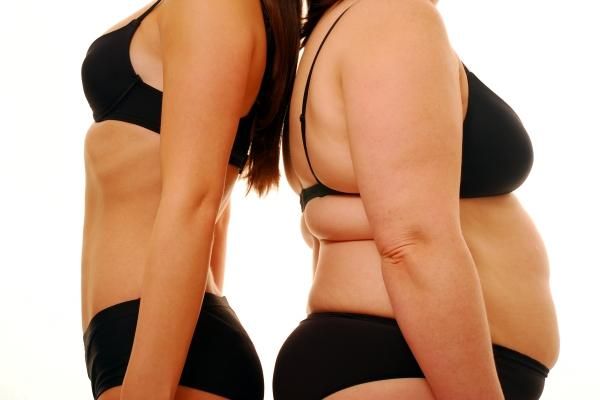Gap Between Healthiest and Least Healthy Is Growing

The gap between the healthiest people and the least healthy in the United States has grown among those born in recent decades, and will likely continue to grow in the coming generations, a new study suggests.
The researchers found the disparity in healthiness generally declined for each generation from the start of the 20th Century through the baby boomers, who were born between the mid-1940s and mid-1960s, but the gap subsequently has grown again in later generations and is now approaching what it was in the early 1900s.
"The dramatic rising health disparities for cohorts born after 1980," said Hui Zheng, lead author of the study and assistant professor of sociology at Ohio State University, surprised the researchers.
Moreover, the gap is expected to continue growing.
"We will expect health disparities in the whole population will increase as the current young cohorts grow older and replace the current older cohorts," Zheng said.
The study did not directly examine the reasons for the widening gap, Zheng said. But other research has shown it may be driven by income inequality, which has increased over the past three decades, along with increased immigration and the growing 'digital divide' between people who readily and easily access health information on the Internet and those with less access.
The study is published in the December issue of the journal American Sociological Review.
Sign up for the Live Science daily newsletter now
Get the world’s most fascinating discoveries delivered straight to your inbox.
Decades of data
The researchers analyzed data gathered from 702,000 participants in the National Health Interview Survey, a large government health study conducted between 1984 and 2007, which included interviews with older adults, enabling the researchers to analyze the health disparity among people born as long ago as 1899.
People were asked to rate their own health on a five-point scale; though there are drawbacks to relying on self-reported measures of health, overall, studies have shown that self-reports generally produce reliable results, the researchers said.
When the researchers compared the gap between the healthiest and least-healthy people born in the early 1960s with the gap between those born in the 1980s, they found it had widened by 26 percent, Zheng said.
Overall, health increased from 1984 until 1990. It then decreased until the mid-1990s. It rose again until the late 1990s, but has been decreasing since then, according to the study.
In general, those who were white, married, more educated, had a job and had more income rated themselves as being in better health.
But of those factors, the one with the largest impact on health was employment. Those who were employed rated themselves 0.39 points healthier, on average, than those who weren't, whereas being married brought a 0.02-point increase, on average, and each additional year of education brought a 0.06-point increase.
Our health, as we age
The researchers also quantified the disparity within any cohort, or group of people of the same age, over time. They found that during young adulthood, there is relatively little disparity — most are generally healthy.
The disparity within any group increases and peaks when people are around age 55, after which it declines again. The lower disparity seen in older adults could be because sicker people die, leaving only healthier people, or because there is a prevalence of medical conditions among older people, according to the study.
In every generation, women in the study rated themselves as less healthy than men.
There is a relatively large gap between the sexes in early adulthood, with men rating themselves as healthier than women, according to the study. It narrows until about age 61, because men are more likely to experience more-severe forms of chronic conditions such as heart disease, but then widens again, as only the healthier men survive and there is a relatively larger share of women with poorer health at older ages.
Pass it on: The difference between the healthiest and the least-healthy adults in the United States is growing.
Follow MyHealthNewsDaily on Twitter @MyHealth_MHND. Find us on Facebook.













